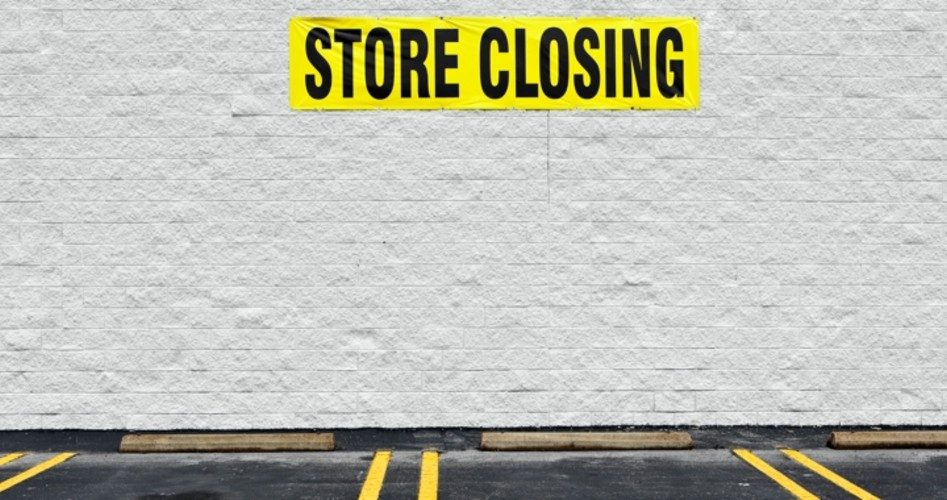
Retail businesses lead all sectors in job cut announcements, with 41,201 people having lost their jobs in retail stores so far this year. That is 92-percent higher than the 21,484 retail job cuts made through February of last year. It is also the highest January-February total since 2009, when retailers announced 72,727 job cuts during the first two months of the year.
These figures were reported in a press release posted by the executive coaching firm Challenger, Gray & Christmas, Inc. on March 7.
“Job cuts have been trending upward since the last half of 2018. We continue to see companies respond to shifting consumer behavior, new technology, as well as trade and market uncertainty through workforce restructuring,” the release quoted Andrew Challenger, the firm’s vice president.
“Meanwhile, retailers are closing or revamping brick-and-mortar locations, leading to job loss or going bankrupt and cutting their entire workforces,” he said.
The report noted that February’s retail cuts include the announcement by Payless ShoeSource that 16,000 of their employees will lose their jobs as that company closes 2,500 stores.
NBC News reported on March 29 that JCPenney announced last week that it would be closing 18 stores in addition to three previously announced closures, as part of a “standard annual review.”
“In the post-digital era, only the strong will survive,” Ron Johnson, CEO of retail-technology company Enjoy, told NBC News. “You need a great brand, a strong balance sheet, and a vision for experience that commences digitally. Darwin would love this.”
An article posted on Vox April 1 described the way Americans’ shopping habits have drastically changed during the past decade. Shoppers’ gravitation to Amazon and online shopping, delivery services, and direct-to-consumer brands has given consumers more shopping choices than ever.
This trend has contributed to the decline of traditionally thriving chain retailers such as Sears, JC Penney, Payless, David’s Bridal, and others that have struggled to adapt to the changing shopping habits of consumers. The article noted that many formerly successful retail chains have filed for bankruptcy, including Payless, Sears, Toys “R” Us, Claire’s, and others
A report in The New American two years ago this month noted that Walmart was refusing to lose market share to Amazon the way Sears, JC Penney, Abercrombie & Fitch, Macy’s, and Target have, and was taking steps to respond to changing customer shopping trends. As we noted at the time, “Walmart’s focus is on handheld devices ‘as the linchpin of a customer experience that blends online and in-store shopping’ noted Kim Nash, writing in the Wall Street Journal…. Walmart is also expanding its non-grocery pickups as well, giving it another advantage over Amazon’s Prime, which only provides two-day delivery. Speaking of Prime, Walmart tried a blatant frontal attack on Amazon’s Prime membership, which costs $99 a year, when it offered its Shipping Pass at $49. When that strategy failed to bring any significant portion of Amazon’s 35 million Prime customers over, it dropped the fee to zero.”
Image: smartstock via iStock / Getty Images Plus
Related articles:
Toys R Us Closing All Stores: Blame Planned Parenthood and the Anti-baby Mentality!



